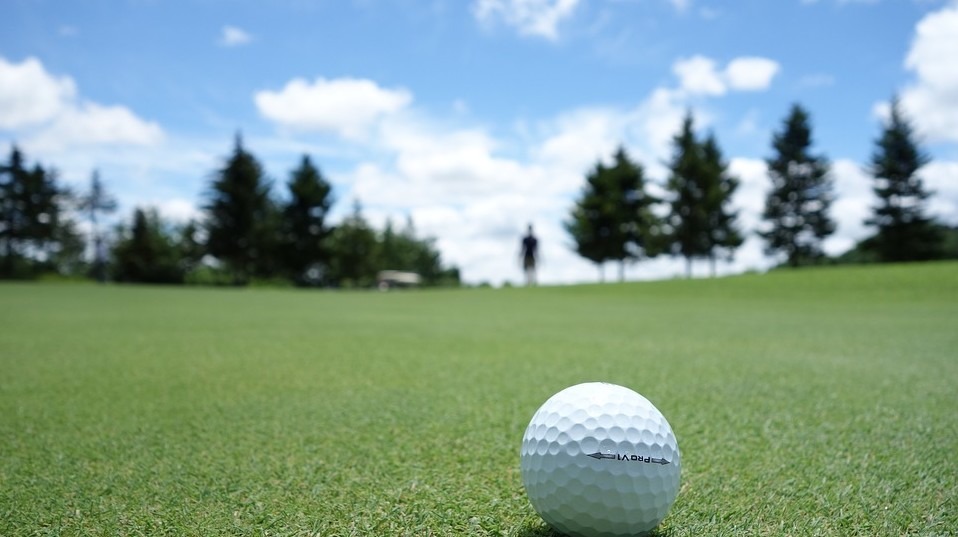For the past few years, golf equipment manufacturers have made significant leaps to improve the durability of golf balls. At present, golf balls can withstand various strikes and environments, and with more robust constructions and better paint finishes, modern golf balls have become more resilient. However, despite their durability, golf balls still need to be replaced every once in a while.
A Golf Ball’s Lifespan
Golf balls could last a lifetime, and as long as they continue being round and lacking severe scrapes and cuts, the balls should last for a long time without any issues.
As long as you keep them within the sleeve, golf balls will stay in excellent condition since they don’t come with expiration dates.
Some golf ball covers are made of balata. This material is typically softer and may not last as long as other types due to its smoother surface. Still, up until the 21st century, these balls were popular among tour professionals and low-handicappers.
Afterward, some manufacturers began developing a new type of material, which was a bit softer. Nonetheless, it still provided golfers with the edge needed to propel the ball farther.
The various golf ball compressions are due to the urethane material that usually provides a softer touch around the greens.
Golfers of any level can easily access these types of golf balls, and as technology advances, manufacturers will make balls that last longer while still being gentle around the greens.
When is the best time to change golf balls?
A fast visual inspection of the golf ball should sufficiently inform you if it can correctly perform once you hit it. In addition, many of the top global golfers use the same ball for several holes before replacing it with a new one, so you should be allowed likewise.
How often should golf balls be changed?
Gashes and scrapes may prompt the ball to fly irregularly, which isn’t a good sign, especially if you’re playing for big stakes. After you hole out, take the time to inspect the ball for damage and exchange it for a new one if needed.
Is the Golf Ball Round?
A golf ball can lose its spherical shape after countless drives. There is available equipment that allows you to test the ball’s roundness before playing it, but you can typically see its uniformity by moving the ball around your hand or just looking at it.
Is the Golf Ball Damaged?
A ball can get damaged in different ways. For example, you could hit a tree, cart path, or other hard objects and see that the golf ball no longer retains its once blemish-free state.
Scuff Marks
Scuff marks often occur when the golf ball gets in contact with a road or tree. However, balls can scuff after coming into contact with wedges in pitch shots. The duration of the time the ball stays on the face mixed with the sharp grooves can roughen the ball’s surface. Regardless, a scuff mark doesn’t necessarily signify that you must remove a ball from play.
Try cleaning the ball and inspect how bad it’s looking. Then, play with it for a couple of holes, and you might likely discover that the scuff mark doesn’t affect the ball’s performance. After, try taking a closer look, and if the ball is out of shape, you can replace it; otherwise, there’s no need for a replacement.
Cut Marks
These marks are more of an issue and are typically prompted by thinned iron shots. Fortunately, cut marks are scarce. Usually, pitch shots or a thinned chip come generally unscathed. Then again, the damage might not look as bad as it appears. Polish the ball and give it a closer look after. Check if there’s a change in the ball’s smooth, rounded surface. The area you’ll notice it most is in the green. If there are signs that the golf ball is wiggling off the line or rolling strangely, you should probably use a new ball.
One Ball=18 Holes
As long as you avoid hitting the ball on tough surfaces or don’t lose it, you can expect your golf ball to last through all 18 holes without encountering issues. As the round advances, you may start seeing slight discolorations, but that’s still not too common.
You should be able to use your ball for a whole round from tee to green. It’s crucial to remember that you are only allowed to change balls after finishing the hole. If you see any major scuff on the golf ball, don’t exchange it as it will result in a two-stroke penalty in a stroke-play event.
Also, be sure to inform your playing partners when you swap golf balls. Everybody in the group must know what type of ball you’re playing to avoid any potential cheating during a round.
Golf is a game of skill, enjoyment, and passion, so be sure to find the proper type of golf ball for your play.
Although it can be expensive to buy new golf balls, they are worth every spend when you see them fly through the air with great ease and roll on the greens seamlessly. Remain in tune with your game to lengthen your ball’s lifespan.

